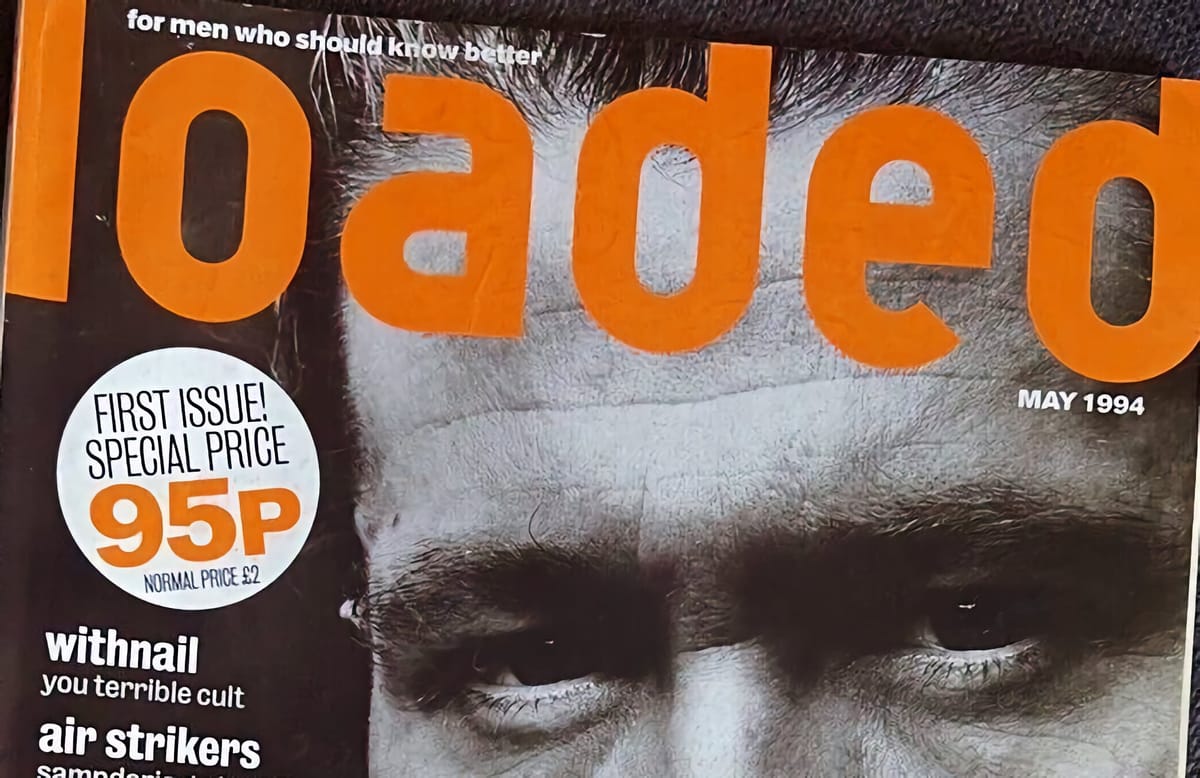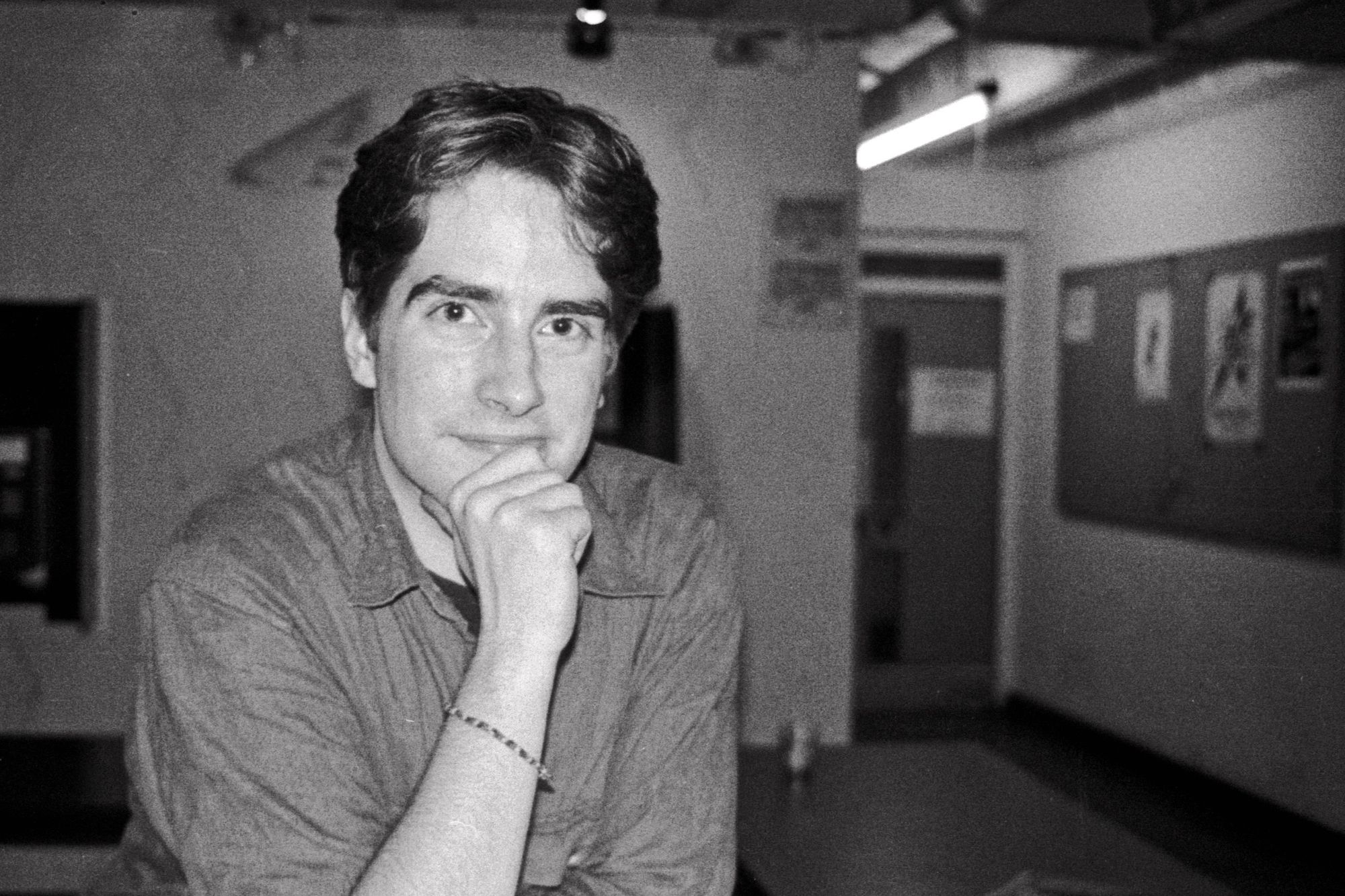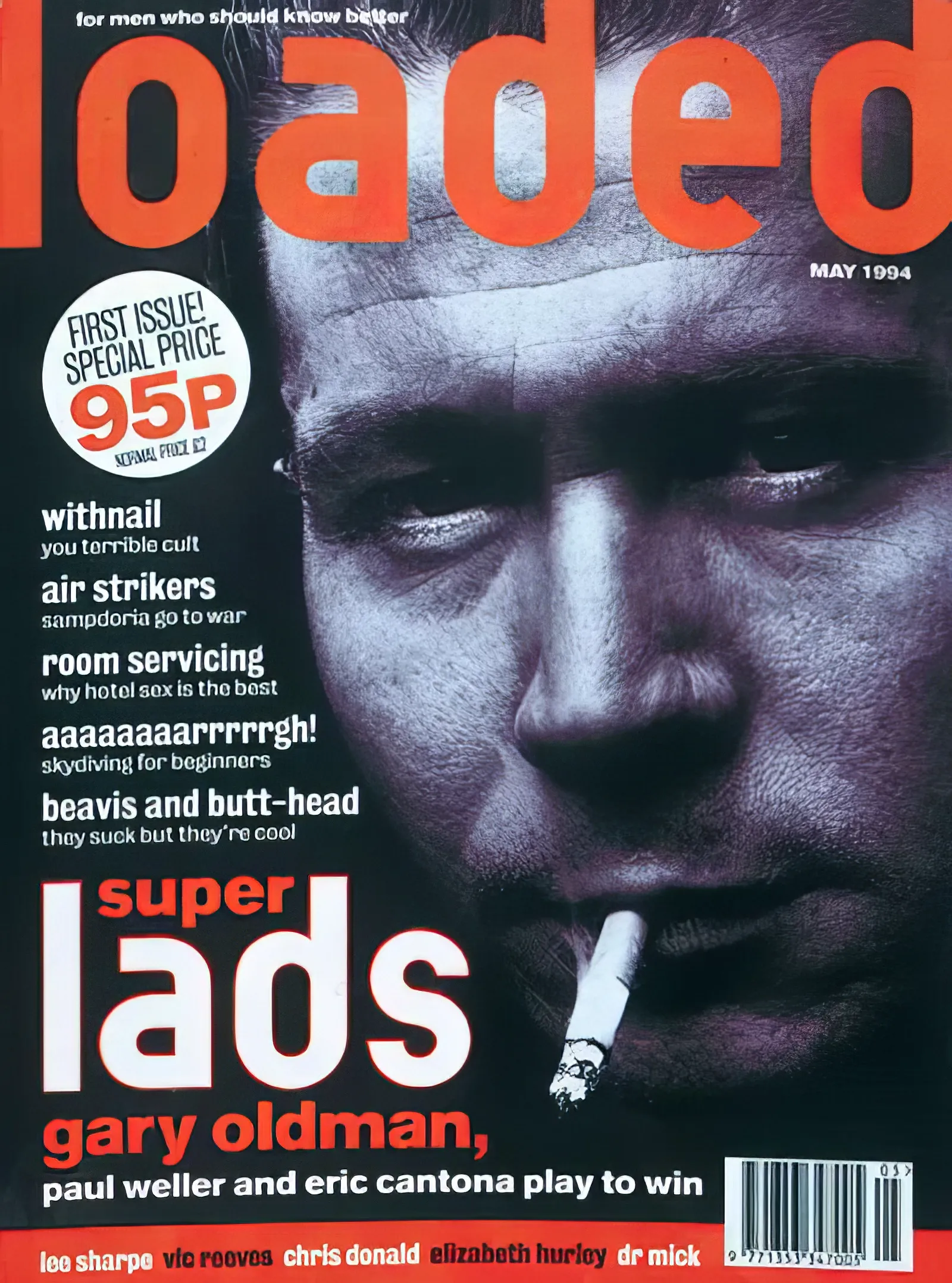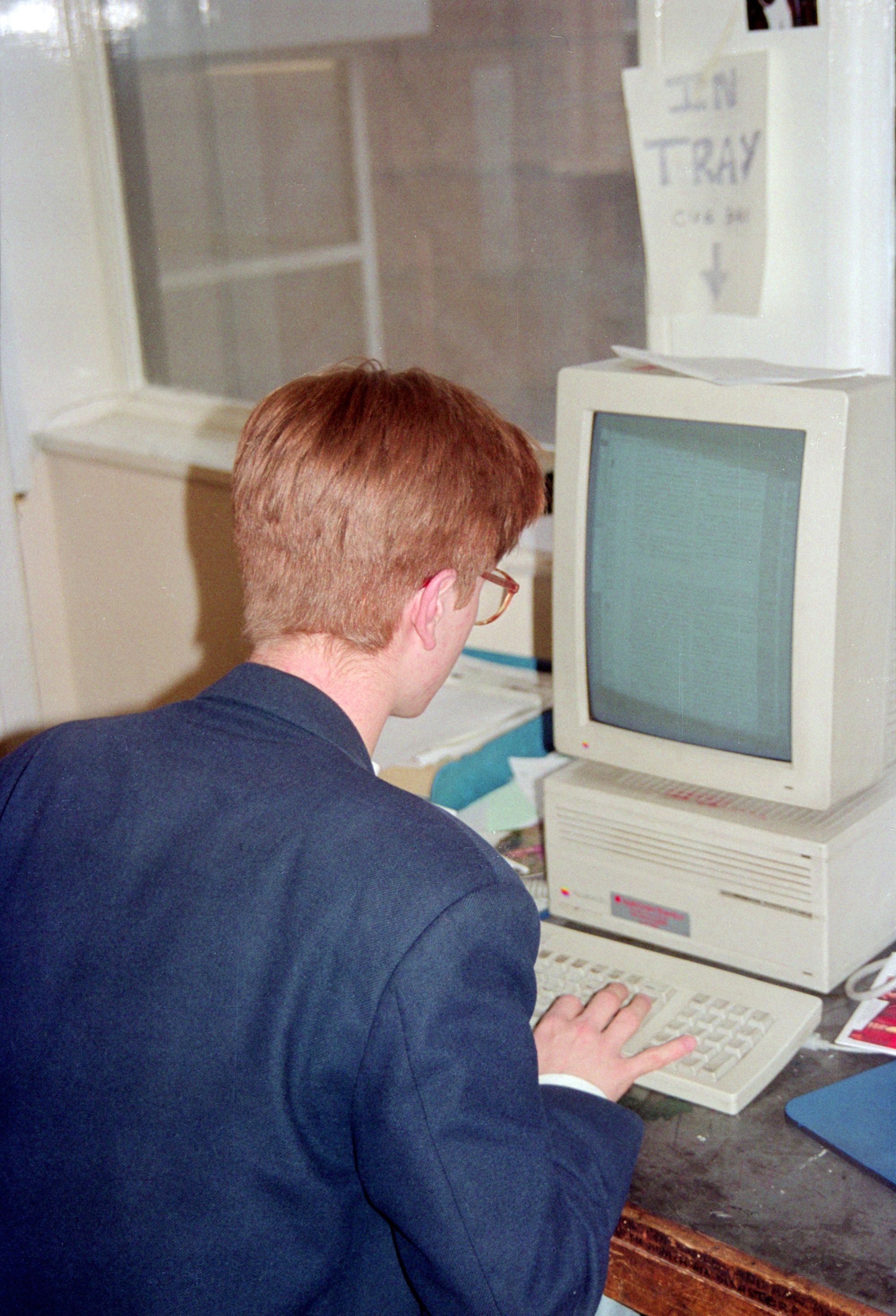Loaded and the gonzo early days of the Lads Mags
In 1994, Loaded kickstarted a men's magazine revolution. It also helped shape how I see journalism.

Reading about the heyday of the Lads Mags era in Press Gazette this week was a nostalgic experience. Unlike the author, I was around for those days — both as a reader and an aspiring journalist. In 1994, the year Loaded launched, I was working as the VP: Welfare at the Queen Mary & Westfield student union in London. I knew I wanted to get into journalism when my sabbatical year was up, but I was trying to figure out what sort of journalist I wanted to be.
But the first issue of Loaded I bought crystallised in my mind how I wanted to write. I read most of it in the common room of one of the student halls of residence in South Woodford, while holding a welfare clinic that nobody attended. (1990s students were very different from today’s students…) And, as a young man struggling with my sense of identity and the way I wanted to shape my post-uni life, it sang to me.

I agree with its founding editor James Brown when he tells William Turvill that his mag was the real trigger for the era:
“It’s 28 years since my first Loaded came out,” Brown messaged. “Anyone suggesting FHM had a part to play, or writing such, in the men’s mag boom of the mid-90s will be either rewriting history or look embarrassingly inaccurate.”
It’s fair to say FHM and, later, Maxim, rode the wave much more successfully than Loaded, but Brown’s title was the one that spotted the breakers and headed into the surf first.
Going Gonzo

This magazine was not what probably pops into your mind when you think of “Lads Mag”. There was no barely clothed nubile young woman on the cover. It wasn’t almost offensively colourful. Instead, it had a gorgeous black and white cover shot of Gary Oldman, full of texture and mystery. It was almost perfectly designed to appeal to me, as I was deeply into black & white photography at the time. In fact, my university years look longer ago than they were in my photo library, as there’s very little colour photography from me in that era.
The cover got me to buy it, but it was the writing that hooked me. I didn’t know the word “gonzo” yet, but I knew I loved swashbuckling, provocative, exciting writing — and the mag was stuffed full of it. This was what I was looking for. I’d already figured out that I loved journalism, but that I was most in love with it when it didn’t take itself too seriously.
The London student magazine scene in the early 90s was dominated by London Student, published by ULU, the University of London student union. Around it revolved the constellation of other student mags, specific to their own colleges and universities. I edited Cub, the QMW (as was) student mag, and had worked on Felix at Imperial. London Student took itself very seriously indeed, and was where the people who really wanted to get onto the nationals worked.
Journalism: a not-so-serious business

So, I went the other way with Cub: scurrilous, provocative and often downright silly: it was a fun magazine, rather than a self-important newspaper. I was once threatened with court action (and more) by a kebab shop owner thanks to our reporting. Many of the union sabbaticals openly hated it and, in one memorable incident, actually intercepted it on the way to the printers, and replaced a story with one of their own. We intercepted it on the way back, put a leaflet in each copy with the missing story and an explanation of the censorship…
It worked. Copies flew out of the distribution bins, and we rarely had more than a handful left. And here, in Loaded, was its professional counterpart. Yes, Loaded was aimed at men, but not in a patronising, lowest common denominator way. It was exciting, and discomforting to read. It was most certainly not “politically correct”, and, in retrospect, it was very much part of a wave of pushback against the PC media of the late 80s. (I wonder if we’ll see similar in the coming years, as the next generation rebels against “woke” culture.)
For a while, I was a religious reader of Loaded, and a pilgrim on the path of gonzo, while also picking up Esquire when I could afford it because I loved some of the writing. Those few years were the only part of my life, despite being an admitted magazine junkie, that I regularly bought the lads mags.
From gonzo to porno
I was gone as a regular reader before the boom really got underway. Why? Well, it can best be summed up by this from the Press Gazette piece:
"There was one guy who put it in a phrase that kind of chilled us to the core. He just said: 'I want more birds and less words.' And we were like: ‘Oh, fuck.’ Because all of us got into it because we really liked all the gonzo journalism. We were really into the writing and really being out there and outrageous.
And as the men’s magazine market started heading downmarket but up in sales by transforming itself into a bevvy of slightly more socially acceptable porn mags, it lost me. I’ve always been what the young folks call “demisexual” — I only really feel sexual when in a loving relationship (up yours, gender stereotypes), so the spread of provocative photos of women were not a major selling point for me. I did enjoy the artistic value (I know, I know) of some of the early Loaded photo shoots because they were genuine works of photographic art.
That’s not where the market was going. It was spiralling down into a tacky pit of neon-lit, tits’n’ass photography, and that was not what I wanted out of my magazines. I stopped buying them, and put my limited cash resources as an early career journalist into other things.
The Loaded influence lives on
Nearly 30 years later, the influence of the mags has never really left me. I was once accused of trying to create the gonzo school of property journalism during my time at Estates Gazette, before the “we are serious business journalists” culture drained the life out of me. My short-lived run as editor of the equally short-lived GRID magazine was very much informed by the visual and written flair of the early Loaded. And even today, my determination to be the irreverent, tongue-in-cheek voice in a media blog and newsletter landscape dominated by people taking things Very Seriously Indeed sprang from those early experiences.
So, yes, the Press Gazette piece was a lovely piece of nostalgia for me: but not about the mainstream age of the lads mags. I loved those few years when they went serious gonzo, had fun, and were as much about entertaining and informing. You can do both. Hell, you should do both.
The irony of this is that it’s the “birds not words” approach that actually killed the magazines. Yes, it delivered that massive boom — but it evaporated once the internet became a thing, and suddenly photos of “birds” were available much more cheaply and less obviously via the internet. Without those gonzo words to fall back on, the mags no longer had a reason to exist.





